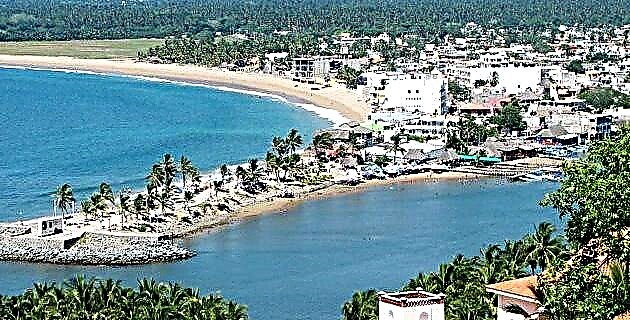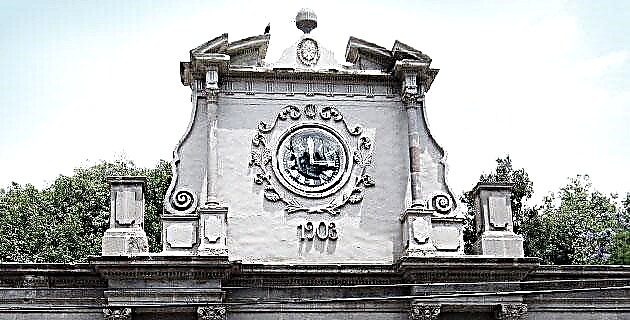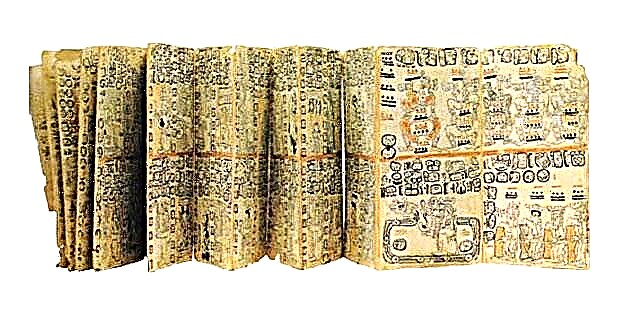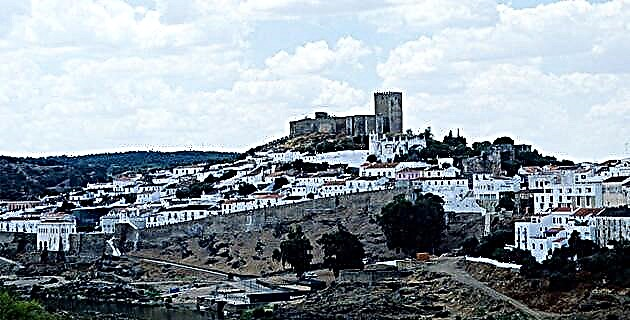
The current city of Durango rises in a wide valley in which a primitive Spanish town called Nombre de Dios was founded. Discover it!
The colonial cities of northern Mexico emerged mainly as mining operations, but also as settlements of a strategic-military nature or even, although less frequently, as commercial centers and agricultural production. Durango - the name of a Basque town where its first settlers came from - was born in the 1560s as a result of mining activity, and it is then that its streets are laid out following the obligatory model on flat terrain, that is, a regular grid.
The current city of Durango rises in a wide valley in which a primitive Spanish town called Nombre de Dios was founded. Towards the 16th century, the first conquerors who crossed its territory were Cristóbal de Oñate, José Angulo and Ginés Vázquez del Mercado, the latter attracted by the chimera of the existence of a great silver mountain, when in reality what he discovered was a extraordinary iron deposit, which today bears his name. In 1562 Don Francisco de Ibarra, son of one of the famous founders of Zacatecas, explored the region and founded the Villa de Guadiana, near the old settlement of Nombre de Dios that would soon be known as the Nueva Vizcaya in memory of the Spanish province of where his family came from. Due to the ruggedness of the territory and to prevent the population from dwindling in inhabitants, Ibarra acquired a mine that he gave to the natives and Spaniards who wanted to work it, with the only condition that they settle in the city.
But precious metals were not as abundant in the region as iron ore from nearby Cerro del Mercado. The colonial regime, however, did not give this metal - important for the country's industrial development - the same value as metals such as gold and silver, so the city, like others that suffered the same fate, was on the verge of being abandoned, which was aggravated by the siege to which it was subjected by the natives of the region at the end of the 17th century. However, its geographical location, strategic from the military point of view, made the viceroyalty government prevent the disappearance of Durango, which for a long time modified its mining function for defensive purposes.
In the 18th century, however, the fortunes of the region changed again, experiencing a boom due to the discovery of new precious metal veins, resuming its original reason for being. Two great palaces that are still standing date from that time and are representative of the opulence (sometimes ephemeral) of these cities when it is a product of mining. One of these palaces is that of José Carlos de Agüero, appointed governor of Nueva Vizcaya in 1790, the year from which he began to build his residence, also known by the name of its next owner, José del Campo, count of Valle de Súchil. .
The façade of this house, which sports a delicate ornamentation, is located in an octagonal corner, following the scheme of the Palace of the Inquisition in Mexico City, from which it also takes a very spectacular false hanging arch, located on the diagonal axis. from the hallway. The large main patio has carved stone arches of the greatest refinement, including the door and window frames of the corridors, as well as the opening that leads to the staircase (also with hanging arches) and the baseboard of the ground floor. This palace is a work of great importance in the context not only of the local architecture of the New Spain period, but also of the national architecture of that time.
The other important palace in Durango was the residence of Juan José de Zambrano, and now the Government Palace. The temple of the Society of Jesus is also notable, with a sculpturally ornamented façade. Durango Cathedral was rebuilt at various times during the 18th and 19th centuries and also boasts rich decoration.
The Porfiriato contributed to the state public buildings such as the Municipal Palace and the Judicial Palace, and some high-quality private residences. The center of the city was declared a Zone of Historical Monuments in 1982.











